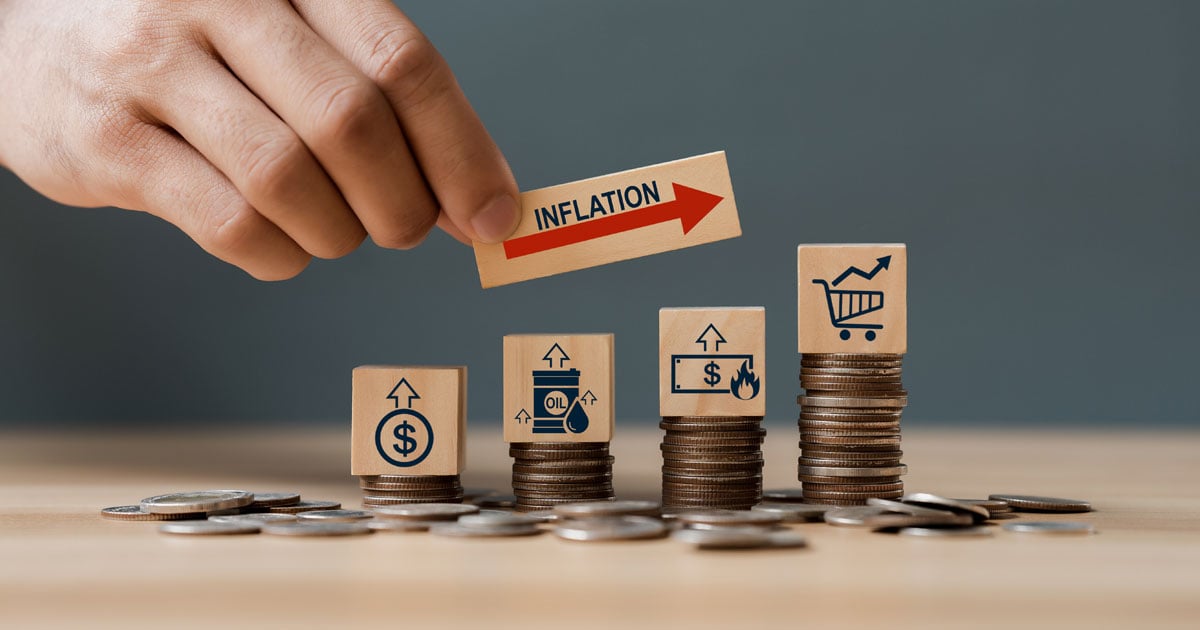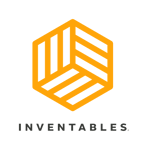In today's rapidly evolving world, the time-honored art of cabinetmaking is seeing a significant...
The Impact of Macroeconomic Conditions on Your Cabinetmaking Projects

Macroeconomic conditions, the overall state of a region's economy, can significantly impact various industries, including cabinetmaking. Factors such as inflation rates, housing market trends, and consumer confidence all play a part in shaping the business landscape for cabinetmakers. This article will explore how the current macroeconomic conditions may influence your cabinetmaking projects and how to navigate these potentially choppy waters.
1. The Influence of Inflation
Inflation can drive up the cost of materials, making your cabinetmaking projects more expensive. High inflation rates might cause you to adjust your pricing or find cost-effective alternatives to maintain profitability. Keeping a close eye on inflation trends can help you plan your projects and budget more effectively.
2. Housing Market Trends
The cabinetmaking industry is intrinsically linked to the housing market. When housing construction is booming, demand for custom cabinets often increases. Conversely, during housing market downturns, cabinetmaking projects may decline. Understanding the current housing market conditions can help you anticipate future demand and adjust your business strategy accordingly.
3. Consumer Confidence
Consumer confidence is another key economic indicator that can impact your cabinetmaking projects. When confidence is high, people are more likely to invest in home improvement projects, including custom cabinetry. Conversely, low consumer confidence might result in fewer cabinetmaking projects as people tighten their belts.
4. Exchange Rates
If you source materials from other countries, exchange rates can impact your costs. A strong domestic currency can make imported materials cheaper, while a weak currency can make them more expensive. By monitoring exchange rates, you can make informed decisions about when and where to source materials.
5. Government Policies
Government policies, such as interest rates and tax incentives for home improvements, can also influence the cabinetmaking industry. For example, lower interest rates can encourage home improvement projects, potentially leading to increased demand for custom cabinets.
While macroeconomic conditions can pose challenges, they can also offer opportunities for those who understand them and know how to adapt.
For cabinetmakers, this could mean diversifying your offerings during economic downturns or investing in productivity-enhancing technologies to offset increased costs. For instance, CNC technology, like Inventables' X-Carve Pro, allows you to automate parts of the production process, improving efficiency and reducing costs.
In summary, while we can't control macroeconomic conditions, we can adapt to them. By understanding these influences and being proactive, cabinetmakers can navigate economic ebbs and flows, ensuring their businesses remain resilient and prosperous.



